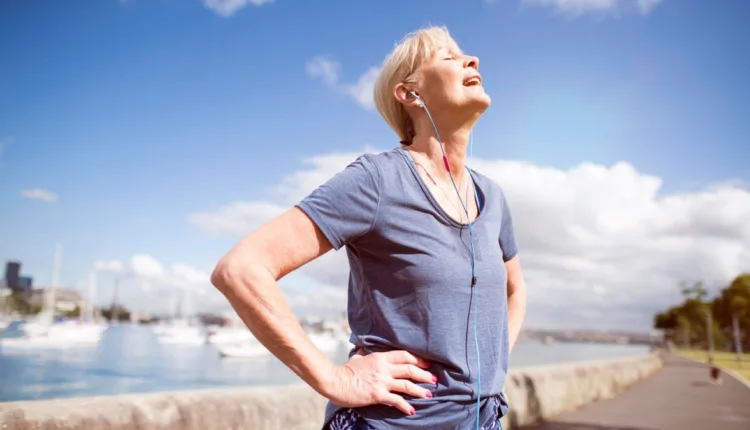
Top 10 Age-proof Workouts: Stay Fit with Expert-Approved Exercises
The Importance of Exercise in Older Adulthood
Participating in regular exercise is one of the most effective ways to ensure optimal health and wellness at any age. However, as you age, the importance of exercise in maintaining balance, mobility, and independence increases. This means adapting your workout routine to meet your changing body’s needs. Continue reading to discover the best and safest exercises for older adults, as recommended by the experts.
Understanding the Safety of Exercise for Aging Adults
Many older adults hold a misconception that exercise is unsafe and should be avoided. However, this belief can hinder achieving and maintaining good health. Research shows that fitness is a crucial component to healthy aging.
Unfortunately, the risk of various diseases, such as Type 2 diabetes, heart disease, cancer, and dementia, increases with age. However, regular physical activity helps reduce these risks, according to the US Centers for Disease Control and Prevention.
When approached correctly, exercise is both safe and necessary for older adults. Global health institutions such as the CDC, along with physical therapists and personal trainers, strongly advocate for regularly exercising among older adults.
Safe and Effective Exercise Guidelines for Older Adults
Physical therapist and professor of orthopedics and kinesiology, Kevin Robinson, DSc, offers general guidelines for safe exercising for older adults:
- Participate in minimal-impact activities such as water exercises, recumbent stationary bikes, and ellipticals.
- Consider joining SilverSneakers programs at local health clubs. These programs are designed specifically for older adults and can help you make friends and keep a consistent exercise schedule.
- Focus on strengthening certain muscle groups like gluteals (butt), quadriceps (thighs), biceps, and abdominals while recognizing your limitations.
- Include stretching and balancing exercises in your regular exercise routine.
Exercises Recommended for Older Adults
The exercises suitable for you depend on factors like your current fitness level and any medical conditions that may require a modified approach. However, it’s never too late to start a good exercise program.
The CDC recommends the following weekly physical activity for adults aged 65 and older:
- A minimum of 150 minutes of moderate aerobic activity such as brisk walking, or 75 minutes of vigorous activity like jogging per week.
- At least two days a week of strengthening exercises such as lifting weights.
- Balance-improving activities like balancing on one foot.
1. Moderate Cardio
The CDC defines moderate aerobic activity, also known as cardio, as a 5 or 6 on a scale of one (sitting still) to 10 (working hard). Activities that can be considered moderate cardio vary between individuals.
Walking is a common form of moderate cardio popular among older adults. However, for those with arthritis, walking can sometimes be painful due to the pressure it puts on the knees. In such cases, water exercises are recommended as they reduce the force on the knee by 50% to 75% compared to walking on land.
2. Light Strength Exercises
Personal trainer and group exercise instructor, Erin Stimac, emphasizes the importance of functional movements in maintaining independence, reducing injury risk, and enhancing overall quality of life. According to Stimac, strength exercises should cover essential functional movements such as squatting, hinging, pushing, pulling, and carrying.
3. Exercises to Improve Balance
Balance issues are common among older adults and can increase the risk of falls. To improve balance, short balance activities should be performed throughout the day instead of doing a single, long balance activity session.
Exercises to Avoid for Older Adults
Many people wonder if there are exercises that older adults should avoid entirely. According to Stimac, there is no need for older adults to steer clear of any specific movements, as long as they are done safely and correctly. Instead of focusing on limitations, it’s important to explore suitable exercises for each individual’s needs and abilities. By accepting personalized plans and debunking myths, older adults can lead active and fulfilling lives.
—
Read More Health & Wellness News; US Lifestyle News
